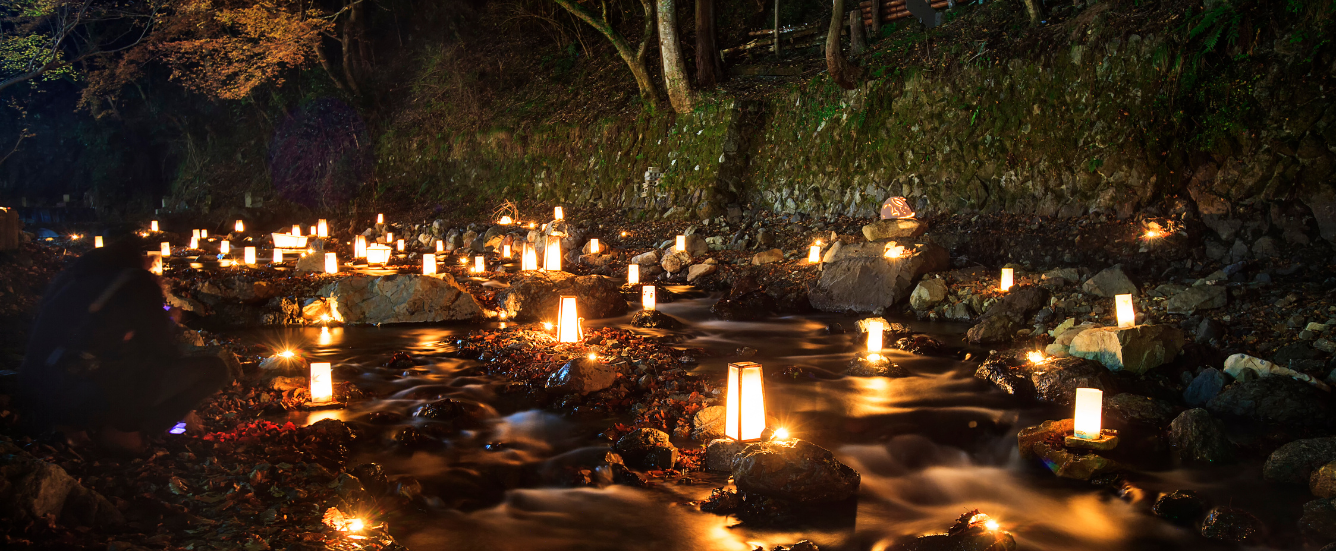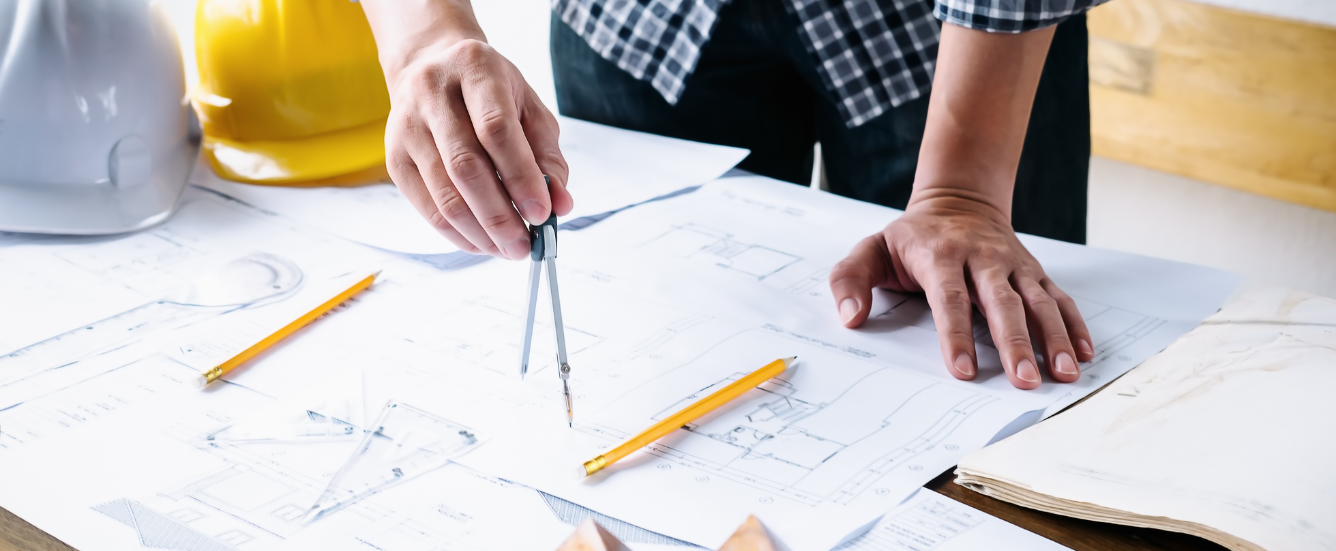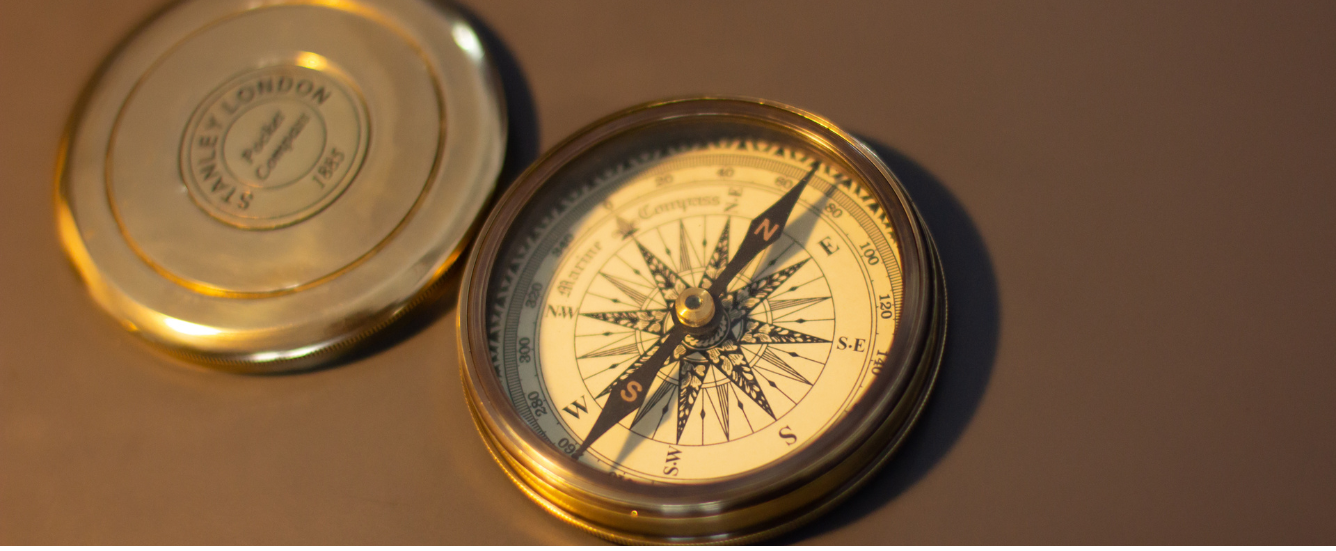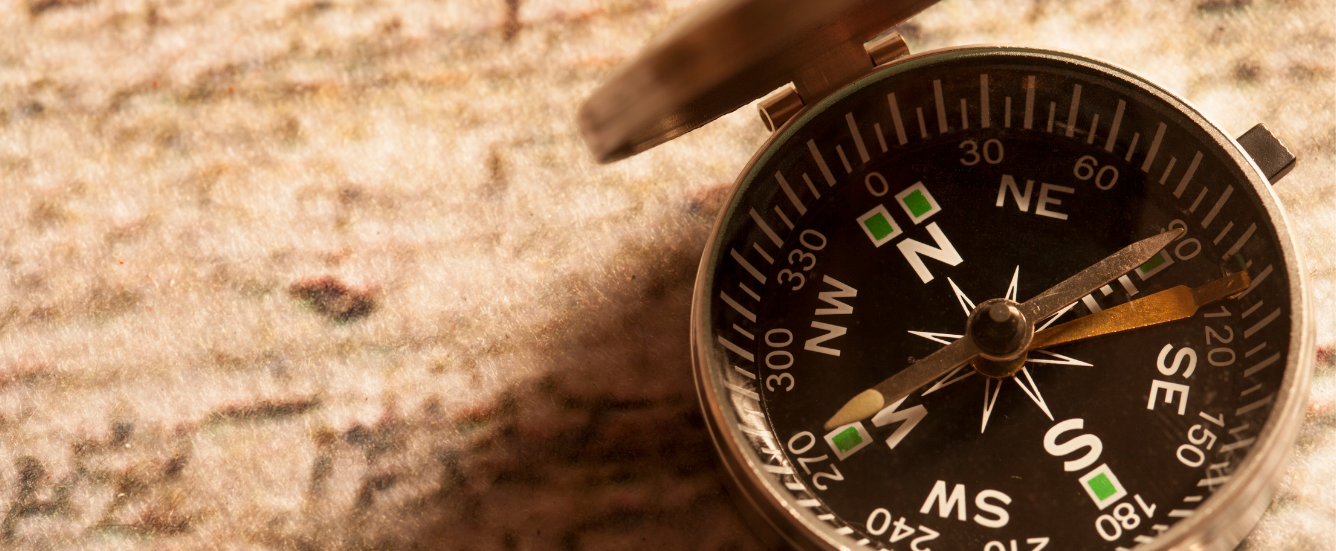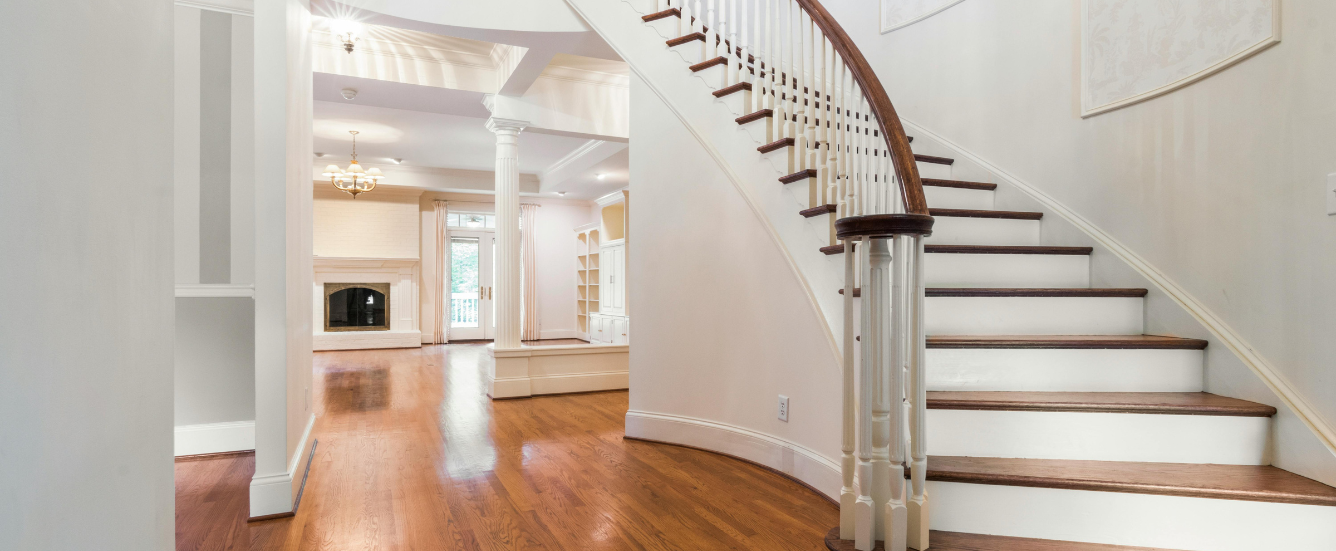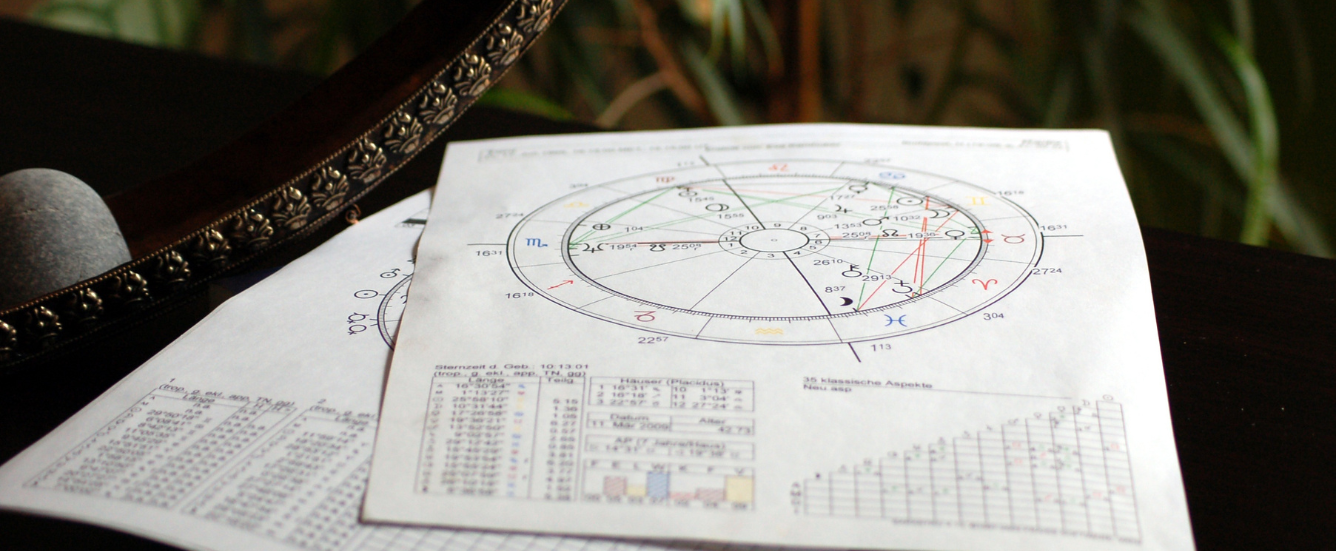Want a perfect guide for your mandir? Then you are at the right place. Mandir is a source of attracting positive energy, helping in inviting wealth, calmness, and success. But if the temple is built according to Vastu Principles, then it radiates 1000 times better energy into your space.
Whether you are building a new temple in your space or renovating an existing one, this guide will help you in both cases. A Vastu-compliant mandir helps in inviting peace, positivity, and divine blessings. So let’s deep dive into the best practices for setting up your temple as per Vastu Shastra.
Why is Vastu essential for a Mandir?
Vastu Shastra is a traditional Indian architectural science that harmonizes space by balancing all five elements: Earth, Water, Fire, Space, and Air. Integrating Vastu tips in your home mandir ensures that you receive the infinite blessings of your worship. Vastu enhances the flow of positivity, creating a spiritual environment.
Best directions for Mandir according to Vastu Shastra
The most auspicious direction for placing mandir according to Vastu Shastra is Northeast (Ishan kon) because scientifically the first ray of the sun falls here which is the source of positive energy.
But if you can’t place your temple in this zone then consider these alternative directions:
- North: Ideal for enhancing fortune and a peaceful aura.
- East: Perfect for divine connections and mindfulness.
- West: Can be effective for office mandir, but not ideal for home mandir as the northeast is.
Avoid placing Mandir in these directions:
- South: This direction is linked to negative energy, so it’s better to avoid this for keeping your temple.
- Under staircase: The staircase is the place to climb up and down. If you keep the temple below it, you are indirectly disrespecting your God, which will disrupt your positive energy.
- Bedroom: Try to avoid placing mandir in your bedroom as it is your resting space and a spiritual space for devotion should be separate.
Best placement for Idols and Deities
The placement of deities in your temple plays a very important role in influencing spiritual flow, so follow these Vastu guidelines that helps you in attracting divine blessings:
- Consider East or West direction for placing your idols so that you may face either of the two while praying.
- Place idols like this so that they do not face each other and the main entrance as well.
- Keep idols 1-2 inches away from the wall for air circulation and energy flow.
- Avoid keeping broken or incomplete idols in the puja space as they invite negative energies.
Mandir design and material as per Vastu Shastra
- Wooden Temples: Temples made up of wood are considered so auspicious as they invite positivity and prosperity into your space.
- Marble Temples: For durable and grand temples, marble mandirs make a great choice.
- Try to avoid using metal or glass temples as they might not hold spiritual energy well.
Height of temples as per Vastu Shastra
- A temple with a well structured door, specifically with two shutters promotes positive flow of energy and spiritual harmony.
- For maintaining the spiritual essence of a mandir use curtains of light shade like, yellow, beige, cream, or white.
Placement of lightings and diyas as per Vastu Shastra
- Mandir should always be maintained properly, well lighted, and cleaned.
- Always try to keep diyas in the south east corner of your mandir.
- To light up the diya, use ghee or sesame oil to experience the maximum positive energy.
- Do not keep diya in the southern direction, as it is related to negative energy.
Things to avoid in mandir of your home as per Vastu Shastra
Avoid these things to maintain a healthy and sacred environment:
- Placing the mandir inside a bedroom.
- Have broken or damaged idols.
- Have clutter or unwanted things inside the temple.
- Keep photos of dead ancestors in the mandir.
- Keep the mandir under a staircase.
- Dark colors wall around the temple.
Daily remedies for a positive temple space
After setting up your home’s temple as per Vastu Shastra, follow these everyday rituals to bring positivity into your life:
- Lighting Diya and incense every morning and evening.
- Offering fresh flowers and prasad to deities.
- Keep mandir neat and clean.
- Chanting mantras or prayers to fill the space with spiritual energy.
- No meat or alcohol near the temple.
FAQs
- Can I place my mandir in the kitchen?
- No, the kitchen is associated with a fire element and having a mandir in that zone can disturb the purity of the temple.
- Can I place my mandir in the living room?
- If there is no other space available, then you can place the mandir in the living room; however, ensure that the space is in the northeast direction and separated from the entertainment area.
- Is it advisable to keep ancestors’ photos in mandir?
- No, a home temple needs to be solely for deities. Settle the ancestor photos at another place of your house.
- Which is the best color for mandir according to Vastu?
- The light, airy colors like white, yellow, and light blue can uplift and keep the mandir positive. Avoid deep dark colors such as black or brown.
- Where should the puja thali ideally be placed?
- The puja thali is supposed to be kept in front of the deities or on a specific shelf and easily accessible when making prayers.
Final Verdict
Creating a Vastu-compliant mandir is not only about following rules; it is about creating a space where you, as the individual, are spiritually connected and peaceful. Personally, we have observed that a temple in the right direction with the right energy feels like it will contaminate or purify the atmosphere of the entire home. Rituals and belief aside, it is just about the aura you feel stepping into that calm, sacred space.
Evaluate a little your mandir placement and arrangement. Some mindful adjustments will bring about an amazing shift in energy, which will make your home feel more harmonious and divine! If anything is bothering you regarding the setup for your home temple, you can directly contact us!



